When it comes to the driving experience, we often focus on high-profile aspects such as engine performance, fuel efficiency, infotainment systems, or safety ratings. Yet, many everyday conveniences go unnoticed until they falter—among them, the humble power window.
It’s easy to underestimate how much a smoothly functioning window adds to comfort, convenience, and even safety while driving. Conversely, a window that jams or gets stuck halfway can quickly shift from a minor annoyance to a genuine headache, disrupting trips, increasing stress, and sometimes even compromising security.
Power windows have become a standard feature in nearly every modern car, promising drivers and passengers effortless control over ventilation and light. But not all power windows are created equal. The engineering and materials behind these systems vary widely between manufacturers, model years, and vehicle classes.
Some cars boast power window mechanisms that glide up and down like silk, requiring minimal effort and producing barely a sound. Others struggle with clunky regulators, underpowered motors, or poorly designed switches, resulting in jerky motions or windows that fail to fully close or open.
Such issues, though seemingly small, can have outsized impacts on the owner’s daily experience and overall satisfaction with their vehicle.
In this article, we explore this often-overlooked component of automotive design by highlighting five cars known for their exceptionally smooth and reliable power window operation. These vehicles exemplify how careful engineering, quality materials, and thoughtful design combine to produce window systems that offer consistent, trouble-free performance year after year.
Understanding what these cars get right not only deepens appreciation for subtle engineering triumphs but also offers practical insight for anyone shopping for a new or used car.
On the flip side, we’ll also examine five cars infamous for power window issues, specifically those prone to windows getting stuck halfway during operation. These models often feature mechanical designs or components that wear prematurely or are prone to failure, leading to frustrating experiences for drivers and passengers alike.
Whether it’s due to cheap plastic parts, weak motors, or flawed regulator assemblies, these vehicles serve as cautionary examples of how small design compromises can degrade the overall ownership experience.
Why focus on power windows? Because this simple feature touches so many aspects of daily life. Imagine trying to pay a toll, order at a drive-thru, or talk to someone outside the car with a window that won’t cooperate.
In summer, the ability to fully lower a window for fresh air or cool down the cabin can be a game changer; in winter, windows that seal properly help maintain warmth and prevent moisture intrusion.
Moreover, power windows play a key safety role by allowing quick closure in unsafe situations and ensuring passengers, especially children, are protected through anti-pinch technology.
Exploring power window reliability also reveals broader truths about manufacturer priorities. Cars with smooth, dependable windows often reflect companies that invest heavily in build quality, durability testing, and user-centric design.
Those plagued by window failures may expose corners cut in production or inadequate engineering oversight. For consumers, these insights are invaluable when weighing long-term ownership costs, resale value, and overall satisfaction.
Ultimately, this article is not just about Windows. It’s about the small but significant details that shape how a vehicle performs in everyday life and how those details affect our relationship with the machines we rely on daily.
As you read on, whether you’re a seasoned car enthusiast or a casual driver, consider how something as simple as the smooth glide of a window can embody the difference between an ordinary car and one that truly earns its place in your garage.
ALSO READ: 5 Vehicles That Get Better With Age and 5 That Constantly Decline
5 Cars With Smooth Windows
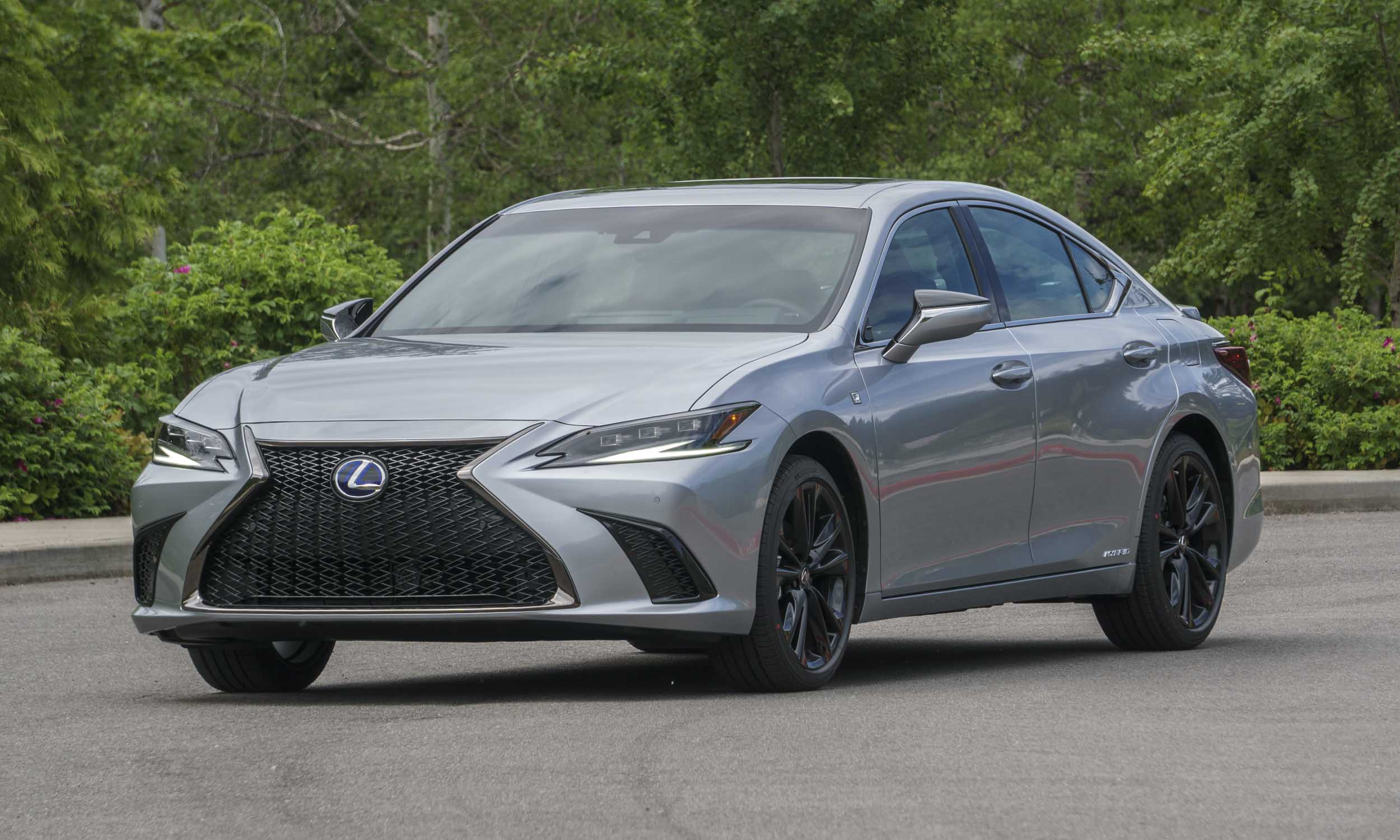
1. Lexus ES Series
Lexus has long stood as a benchmark for refined engineering, and the ES series exemplifies this reputation through its meticulous attention to comfort and durability. One often overlooked aspect where this attention shines is in the performance of its power windows.
From the soft, low-resistance touch of the window switches to the whisper-quiet glide of the glass, everything about the Lexus ES’s windows suggests luxury and thoughtfulness. The motorized mechanism doesn’t just function—it operates with a sense of intention, gliding up and down without jolt or pause, offering an experience that feels more akin to opening a vault door than operating a car window.
A major contributor to this seamless operation is Lexus’s use of high-quality regulators and finely tuned motors. Unlike the choppy or underpowered systems found in many economy vehicles, the ES series incorporates components that prioritize both durability and subtlety.
The motors are electronically buffered to prevent sudden starts and stops, which minimizes stress on the mechanical parts and contributes to that distinctive smoothness. Even after years of regular use, these motors rarely degrade or become noisy, which is a testament to Lexus’s investment in long-term usability.
Insulation also plays a huge role. Lexus designs the ES cabin as a sanctuary of silence, and that includes making sure the windows seal perfectly with minimal intrusion of road noise or wind. The high-grade rubber and layered glass used in some models reduce drag during window movement and keep outside elements from interfering with the mechanism.
This weather-proofing also protects the motor and tracks from corrosion or debris buildup, which are common causes of sticking in lesser vehicles. With proper sealing, the window maintains performance even in extreme climates.
Owners of the Lexus ES regularly cite the vehicle’s power window reliability as one of those little luxuries they didn’t know they needed until they experienced it. It’s not just about rolling a window down—it’s about the feeling of quality and predictability each time you do.
Whether you’re exiting a parking garage or reaching for a coffee at the drive-thru, the window’s behavior reflects the car’s broader mission: to make life simpler and more enjoyable in subtle, lasting ways.
Perhaps what’s most impressive is the consistency Lexus has maintained across generations of the ES. Whether you’re sitting in a 2004 ES 330 or a 2023 ES 350, the sensation of operating the window is strikingly similar. That kind of mechanical consistency over decades isn’t accidental—it speaks volumes about Lexus’s engineering discipline and customer-oriented philosophy.
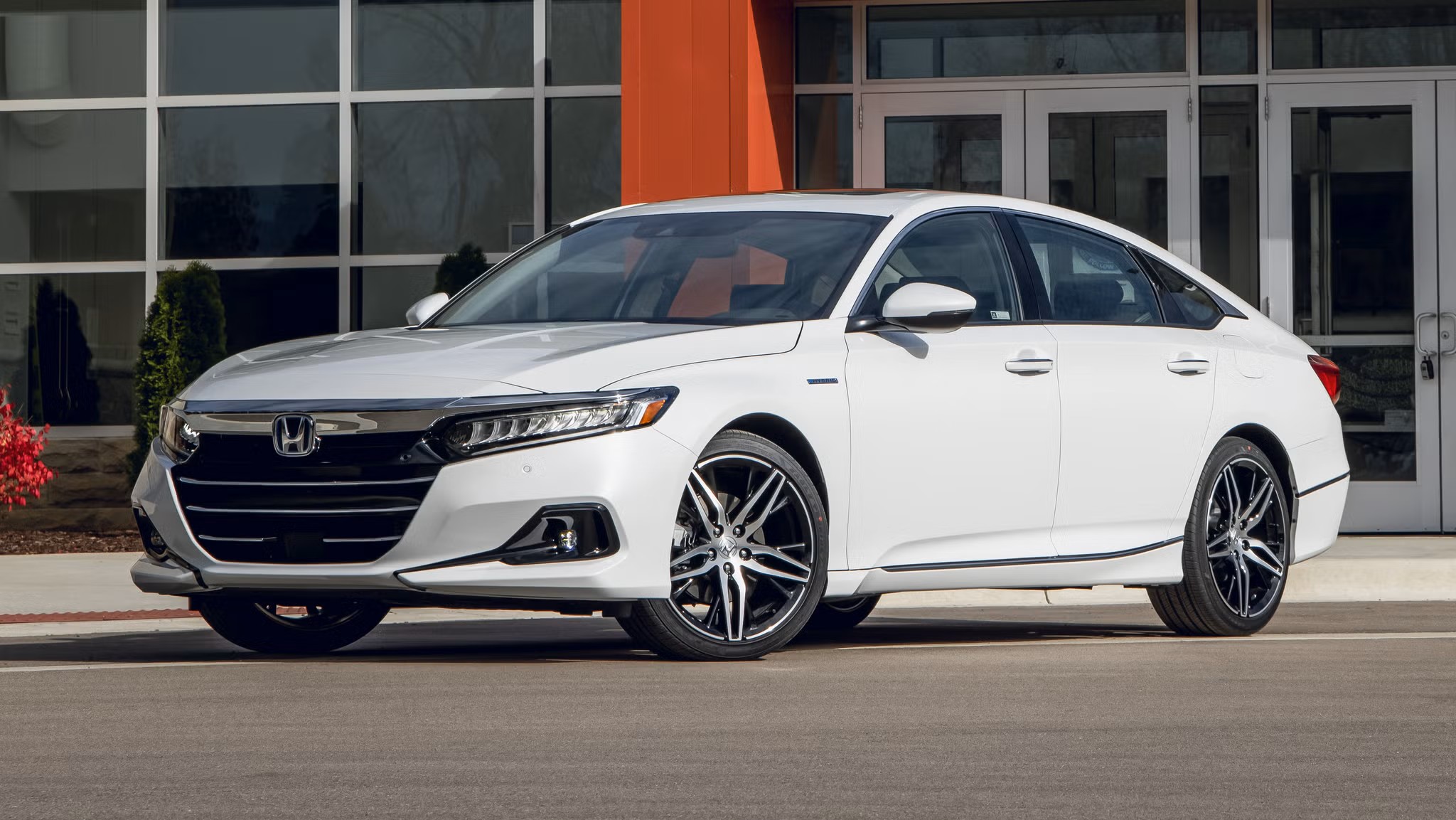
2. Honda Accord
The Honda Accord has earned its place as one of the most dependable sedans on the market, and while its reputation largely stems from drivetrain durability and resale value, the power windows are another unsung component that sets it apart. One of the first things drivers notice about the Accord is how fluid and responsive the window operation feels, even in models that are a decade or more old.
That’s not by coincidence. Honda engineers apply the same precision to smaller systems like window regulators as they do to engines and transmissions.
One key advantage of the Accord’s power window system is its use of sturdy metal cable regulators paired with quiet, efficient motors. These motors are tuned for just the right speed—not so fast that they jar the window into place, but not so slow that they frustrate impatient users.
When the button is pressed, the window doesn’t just fall or rise; it glides in a well-controlled, linear motion. Honda also designed the switches themselves with a solid tactile feel, giving the user satisfying feedback that promotes confidence in the operation.
Weather-resistance is another area where the Accord’s windows shine. The vehicle’s weather stripping and glass channels are designed to endure long-term exposure to rain, heat, and snow without hardening or deteriorating. Many older vehicles develop window stickiness due to dried-out rubber or misaligned tracks.
In the Accord, the channels are reinforced and coated with low-friction materials that maintain their smoothness over time. This ensures the motor doesn’t have to work harder than necessary, reducing stress and extending the life of the system.
Moreover, Honda has been proactive in implementing one-touch up/down technology across more of its trim levels than many competitors. This feature isn’t just about convenience—it also reflects the confidence the company has in the accuracy and reliability of its motorized system. Anti-pinch protection, which is now standard in most new models, further underscores the brand’s commitment to safety and mechanical precision in even the smallest functions.
When taken as a whole, the Accord’s window performance mirrors its overall design philosophy: practical, polished, and quietly excellent. It may not boast luxury branding, but when you open and close the windows, especially after years of ownership, you’re reminded that Honda’s legacy of thoughtful design extends far beyond the engine bay.
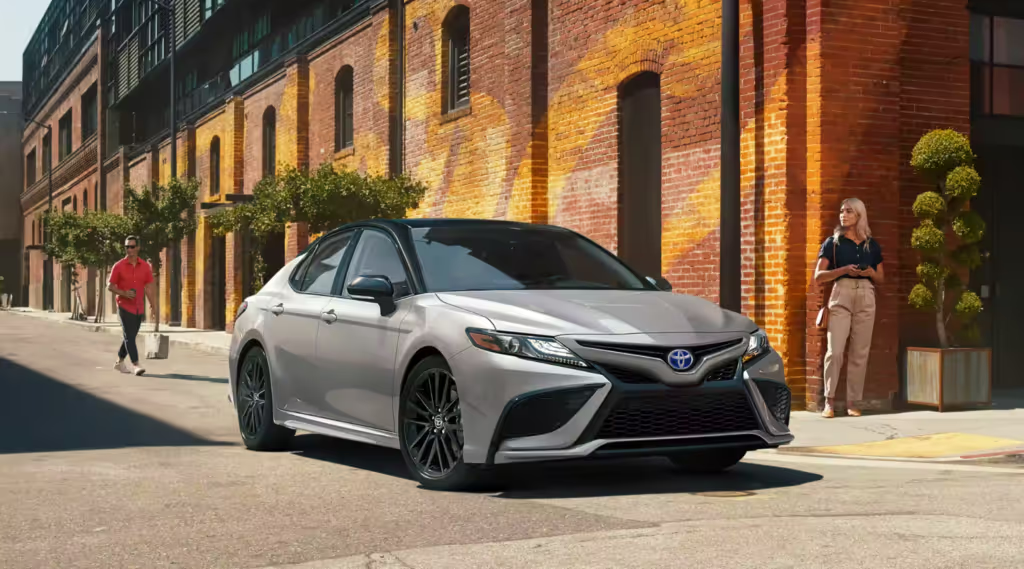
3. Toyota Camry
The Toyota Camry might not turn heads with its design, but it consistently earns loyalty through its steadfast reliability, and that extends right down to its power windows. In an age where many cars develop squeaks, groans, or hesitations after a few years, the Camry’s windows retain a level of mechanical grace that’s uncommon in the midsize sedan category.
From 2012 onward, Toyota significantly improved the regulator design and motor efficiency in the Camry, leading to windows that rarely falter or stall, regardless of environmental conditions.
What distinguishes the Camry’s window mechanism is its overall simplicity, married with solid materials. Toyota opted for reinforced cable tracks and stronger stepper motors in recent generations, which drastically reduced the chance of slippage or jamming.
The assembly is housed in a well-insulated, moisture-resistant environment within the door panel, ensuring that even in heavy rain or snow, the moving parts remain relatively unaffected. This attention to environmental shielding is why Camrys don’t typically suffer the seasonal window problems common in other vehicles.
The ease of operation is another highlight. Pressing the window button gives you instant, smooth feedback, with no lag or audible stress from the motor. The windows descend and rise at a steady pace, and the transition at the top or bottom of the movement feels cushioned, not abrupt.
That subtle damping effect helps avoid jarring stops and reduces wear on the motor gears, further contributing to the longevity of the entire system. Even entry-level models benefit from these thoughtful design elements, making the Camry an unflashy but highly dependable choice.
Longevity is where the Camry really earns its place on this list. Owners frequently report power window operation remaining unchanged past the 150,000-mile mark, a point at which many other cars are dealing with stuck switches, slow motors, or failing regulators. Because of its conservative engineering and proven parts sourcing, Toyota manages to deliver high durability without raising the cost of maintenance or replacement.
The Camry might never be the most exciting car in the showroom, but it quietly wins in categories that many don’t even think to consider. If you’re looking for a vehicle that will never leave you stuck in a rainstorm with a halfway-open window, the Camry delivers with the kind of quiet confidence Toyota has perfected.
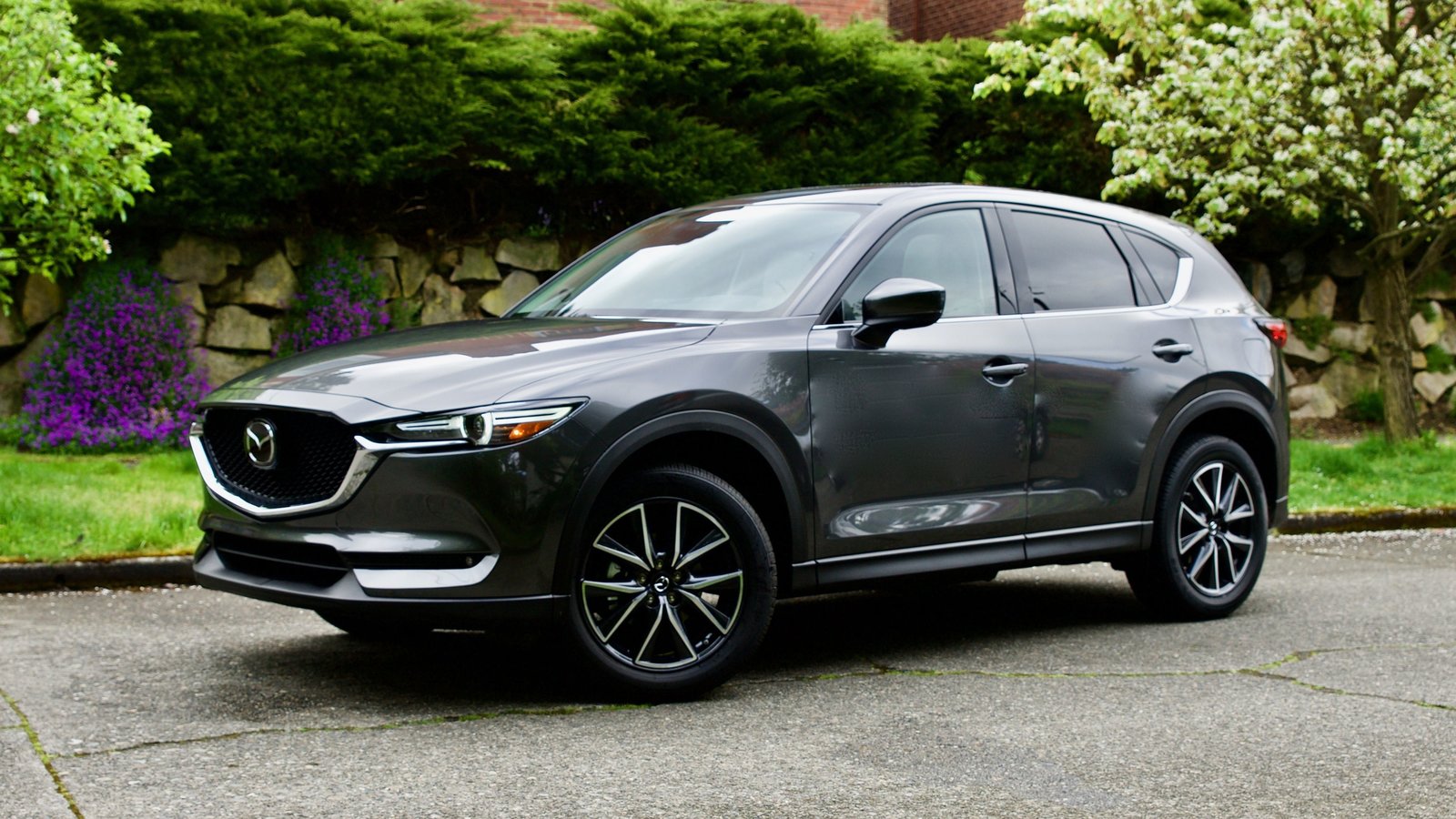
4. Mazda CX-5
Mazda’s CX-5 isn’t just another compact SUV—it’s a vehicle that deliberately blurs the line between economy and luxury. One of the places where this blend is most evident is in its power window system. From the front driver controls to the rear passenger switches, every window operates with a level of polish that suggests premium engineering. The CX-5 doesn’t just aim to offer basic functionality; it aims to elevate every interaction, even the minor ones, and that’s precisely what the power windows deliver.
The design philosophy Mazda employs—referred to as “Jinba Ittai,” or unity between driver and machine—applies even to window function. The motor response is immediate but not abrupt, and the movement of the glass feels consistent from start to finish.
Mazda uses a metal regulator assembly that is both lightweight and highly durable, combined with motors that are calibrated for linear torque delivery. That means the windows don’t slow down or struggle midway, and you won’t hear any whining or resistance even after years of use.
Another reason the CX-5’s windows perform so smoothly is the vehicle’s use of superior acoustic insulation materials. Mazda has taken great care in reducing cabin noise, and part of that effort includes making sure the window tracks and seals are precisely manufactured.
The result is less vibration and friction, which directly affects how smoothly the windows move. Even at highway speeds, wind noise through the window edges is minimal, underscoring the attention to detail.
The quality isn’t limited to the front seats either. Rear passengers get the same level of motor strength and insulation, a rarity in non-luxury vehicles where rear window components are often an afterthought. This consistency across all four windows speaks to a design ethos where no part is too small to matter. Whether you’re adjusting your window slightly for airflow or rolling it down, the system reacts the same: reliably, quietly, and efficiently.
In short, the Mazda CX-5 delivers a tactile experience that rivals vehicles costing much more. The windows serve as a great example of how Mazda continues to punch above its weight class. For drivers seeking value without sacrificing refinement, this SUV proves that even the smallest details can make a big difference.

5. Hyundai Palisade
Hyundai has made tremendous strides in the past decade, evolving from a budget option to a serious competitor in the premium space. The Palisade, a midsize SUV that blends upscale design with practicality, is perhaps the best embodiment of that transformation. Its power windows are a perfect reflection of Hyundai’s ambition to deliver luxury-level quality in a mainstream product. From switch feel to glass movement, the experience is smooth, quiet, and well-calibrated.
One of the first things drivers notice is how uniformly the windows behave across all seating positions. Unlike many competitors that prioritize the driver’s side, Hyundai ensured that even the third-row window switches in the Palisade offer consistent motor strength and damping.
This consistency is achieved through well-matched regulators and smart motor control systems that maintain even torque distribution regardless of window position.
The door construction also plays a pivotal role. The Palisade’s doors are built with reinforced frames and extra insulation, both of which help stabilize the glass during operation. This eliminates the minor shifts and rattles that plague window tracks in cheaper SUVs. Combined with high-quality rubber seals that resist deformation, the entire window system remains smooth and stable, even in adverse weather conditions or after years of use.
Hyundai also added thoughtful features like auto-up/down functionality on all four windows, even in mid-trim versions of the Palisade. This provides convenience and signals confidence in the system’s reliability and safety. The windows close with a soft stop and include anti-pinch functionality that works flawlessly, ensuring that children or distracted adults don’t get caught by accident.
Overall, the Palisade’s power window performance helps solidify its position as a value-luxury leader. In a vehicle already praised for its comfort, tech, and third-row usability, the fact that the windows are this well-executed serves as the cherry on top. It’s a reminder that every detail matters—and Hyundai is now one of the automakers that truly understands that.
5 Cars That Get Stuck Halfway
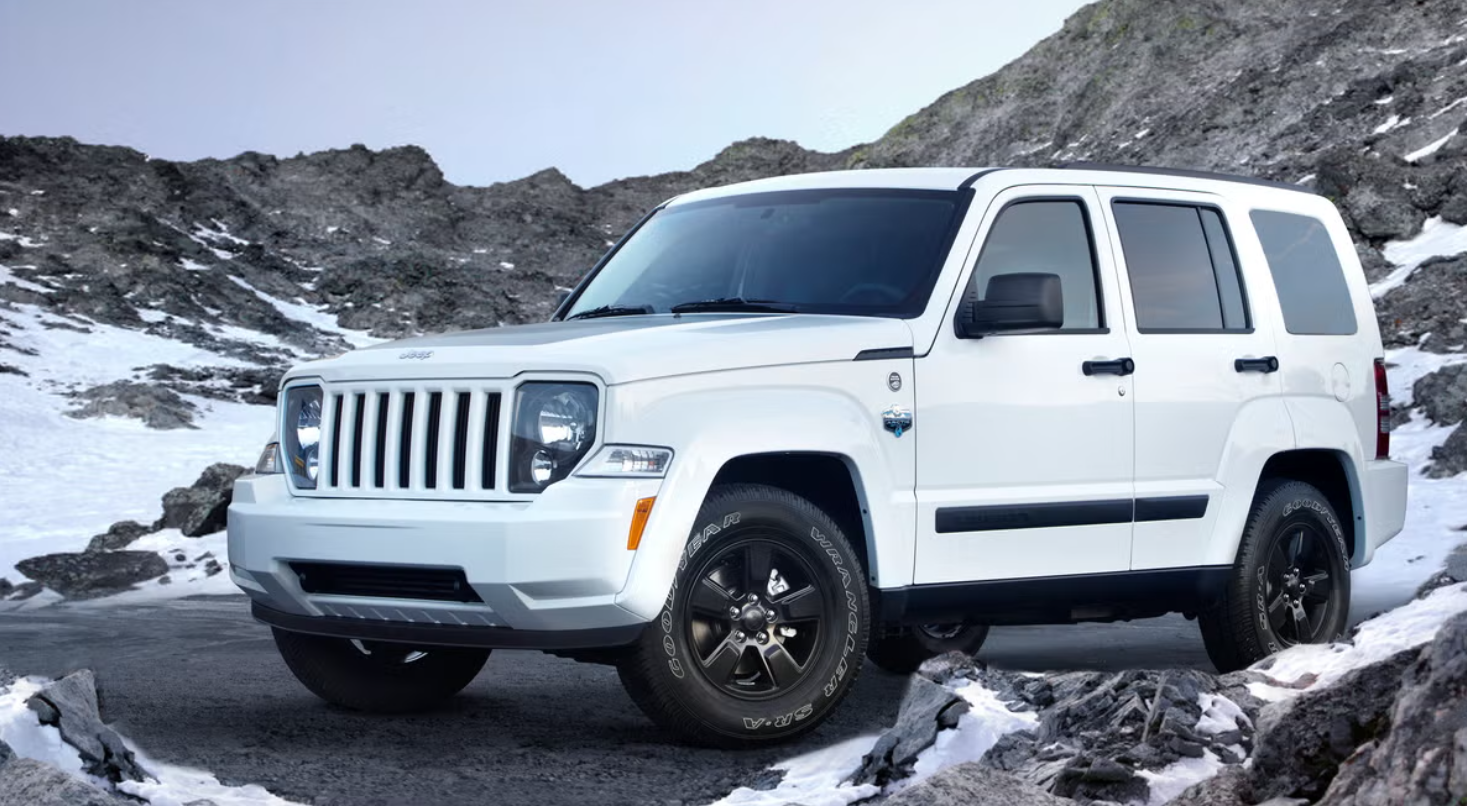
6. Jeep Liberty
The Jeep Liberty, especially from the early 2000s to early 2010s, became notorious not just for its boxy aesthetics and rugged marketing but also for one of the most frustrating mechanical issues: power windows that simply refused to function reliably.
Owners frequently found themselves with windows that would suddenly drop into the door cavity, get stuck halfway, or emit a loud crack before halting completely. Unlike occasional electrical glitches seen in some vehicles, Liberty’s issues were more systemic, tied directly to flawed design and cheap internal materials.
The root cause was Chrysler’s decision to use fragile plastic clips and brackets within the window regulator assembly. These parts were cost-effective for mass production but failed to hold up to daily use, temperature fluctuations, or simple aging.
Once the bracket broke, the steel cables that guided the window would lose tension or detach entirely, rendering the motor’s motion useless. This left the window either halfway down or completely nonfunctional, and often at the worst possible time—during rain, snow, or while parked in public areas.
To make matters worse, this wasn’t an isolated occurrence. Many Jeep Liberty owners reported needing multiple regulator replacements over the life of the vehicle, sometimes even on the same door. Some customers turned to aftermarket metal-reinforced regulators in hopes of finding a permanent fix, but even those sometimes failed due to the tight, unforgiving design of the window housing. Jeep’s service bulletins acknowledged the issue, but a lasting, cost-free solution was never broadly offered.
This issue also exposed an awkward contradiction in Liberty’s identity. Here was a vehicle marketed on adventure, outdoor capability, and toughness, yet it couldn’t handle the relatively mundane task of raising or lowering its windows.
Many drivers, after multiple service visits, resorted to DIY solutions involving wedges, tape, or simply refusing to use the windows at all. For a vehicle intended to be a companion on rugged trails, it failed embarrassingly in urban parking lots.
Ultimately, the Liberty’s chronic window failures are a reminder of how cost-cutting measures in one small area can ripple outward into brand perception and user frustration. No matter how strong a drivetrain or how capable the suspension, daily usability matters. And when something as simple as a power window becomes a constant pain point, it overshadows all the SUV’s supposed strengths.
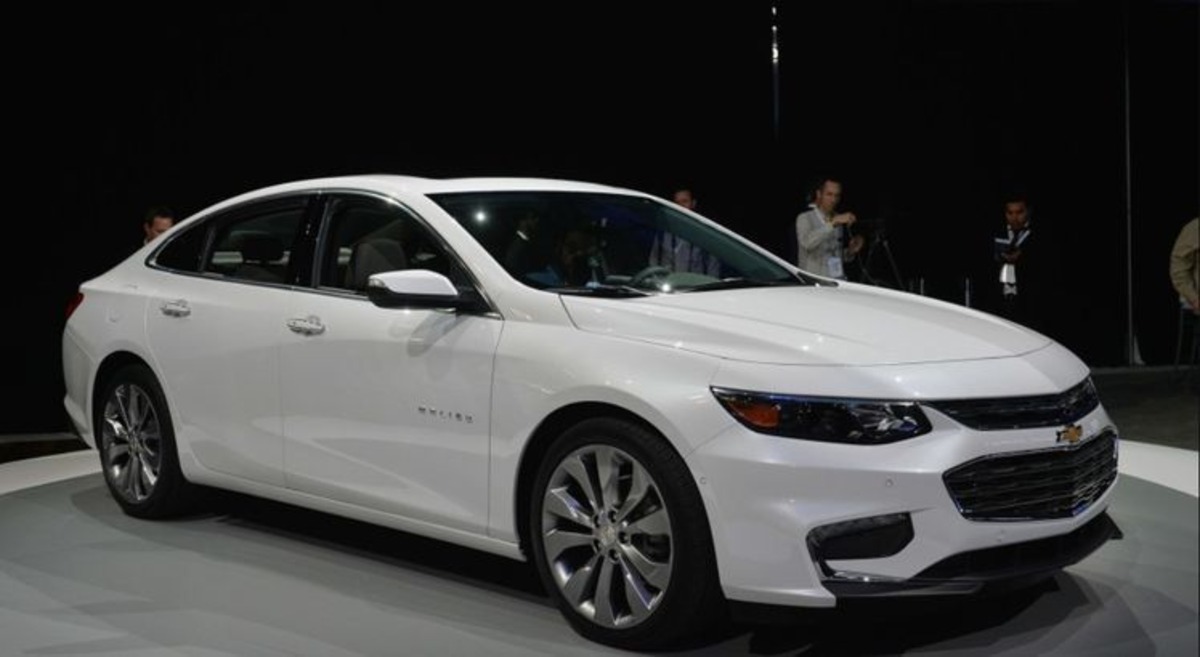
7. Chevrolet Malibu (2008–2012)
The Chevrolet Malibu from 2008 to 2012 was a competent, roomy sedan with solid fuel economy and a generally smooth ride, but it had an Achilles’ heel that quietly frustrated thousands of owners: unreliable power windows.
Drivers often reported one or more windows sticking, hesitating, or stopping halfway through their travel, sometimes leading to complete system failure. While not every Malibu from this generation suffered, the issue occurred with enough frequency to become a well-documented weak point in what was otherwise a strong package.
At the center of the problem were underpowered window motors paired with regulator assemblies that lacked the structural durability seen in competing models. Over time, the cables and guide tracks inside the doors wore unevenly, creating extra resistance.
As the motor aged—or if it had to work harder due to weather or contamination—it would struggle to push the window glass past the midway point. The result was a halting, sometimes shuddering motion that often stalled mid-operation.
Further complicating matters was the design of the window switch and its associated electronics. In many models, drivers found that the switches themselves were prone to sticking or shorting out. There were instances where pressing the switch did nothing at all, or activated only partial movement.
These types of inconsistencies led to mistrust in a basic feature, especially in everyday scenarios like drive-thrus or quick parking garage stops. Drivers frequently kept the windows up simply to avoid dealing with potential failure.
Chevrolet issued technical service bulletins acknowledging the issue, and repairs often involved replacing the regulator and motor as a unit. Unfortunately, the replacement parts were not significantly more robust than the originals, which led to recurring problems even after initial repairs.
Dealerships sometimes denied warranty coverage if the problem was deemed wear-and-tear, which left many drivers with costly fixes for a problem that stemmed from design shortcomings.
This generation of the Malibu underscores the idea that even minor systems need to be tested for longevity and resilience. While the car may not have been unsafe or unreliable in the traditional sense, window failures negatively impacted owner satisfaction, especially among those who expected Chevrolet’s resurgence during that period to include better attention to detail across the board.
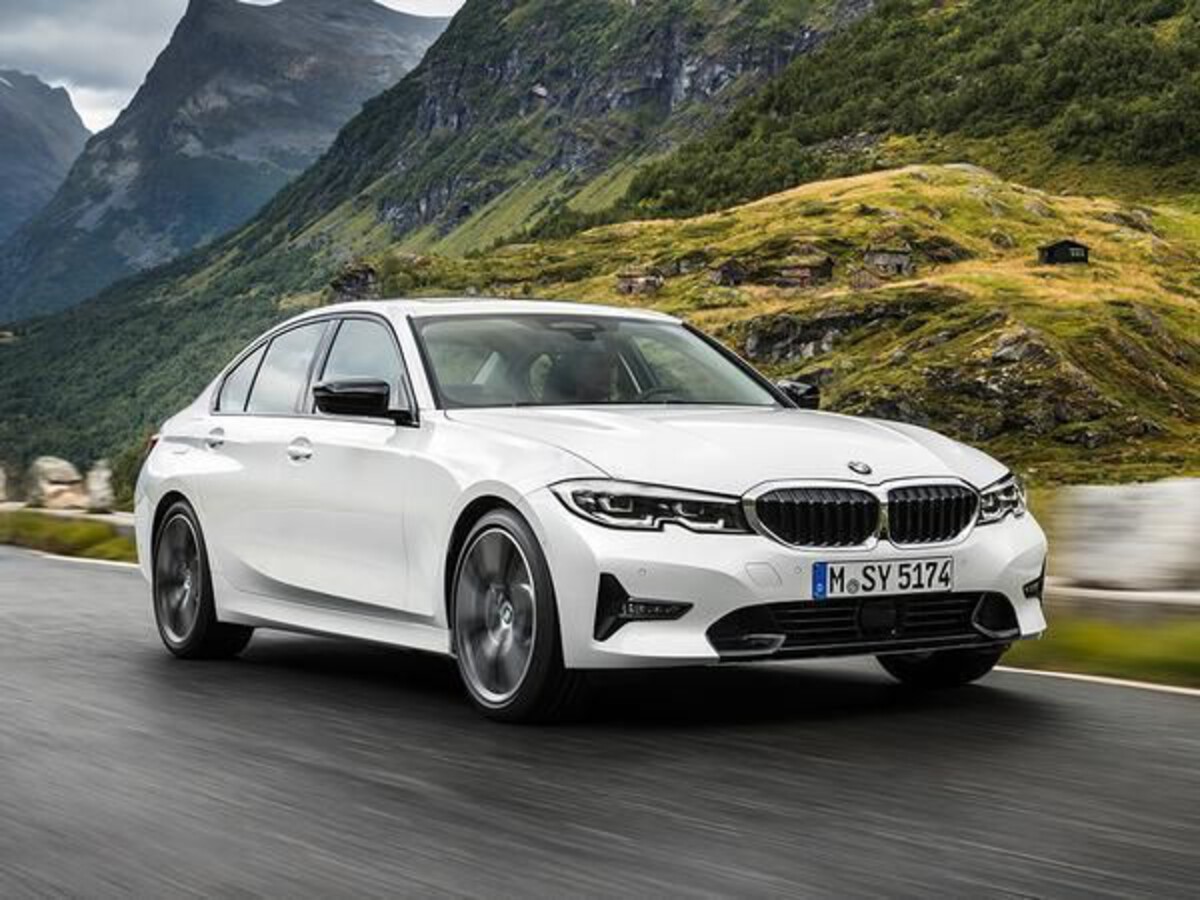
8. BMW 3 Series (E90 Generation)
BMW’s E90-generation 3 Series (produced from 2006 to 2011) delivered on the brand’s promise of precision engineering and spirited performance. It remains a popular used-car option today, but buyers quickly learn that luxury and perfection aren’t always synonymous, particularly when it comes to the car’s power windows.
The E90 was plagued with window issues that ranged from minor hesitations to complete regulator failure, causing the glass to stop partway or drop into the door.
What’s especially frustrating about the E90’s power window problems is how well-hidden they are when the car is new. The first few years often go without a hitch, giving the impression of flawless operation. But as the car ages, particularly past 70,000 miles, the stress on the regulator components begins to show. The cable system that moves the window relies on fine-tuned tension, and any slight imbalance, caused by fraying cables or misaligned pulleys, leads to uneven travel or stuck windows.
Another issue lies in BMW’s use of composite materials in the regulator’s frame. While this design reduces weight and contributes to fuel efficiency, it compromises long-term durability.
Cracks in the regulator housing or plastic fatigue are common precursors to total failure. Replacing the system is costly and labor-intensive, often running hundreds of dollars per window, even for DIY-savvy owners. Moreover, the door panels must be carefully removed and resealed, or else risk squeaks and rattles in the future.
BMW did little to update the parts in the E90’s production run, meaning owners of later models experienced similar failures. In colder climates, the problem was further exacerbated by ice buildup in the window channels, which caused additional stress on the already vulnerable system. A simple action like rolling down the window to swipe a parking card could result in a failure requiring an expensive trip to the shop.
Despite the driving pleasure the E90 offers, these kinds of practical reliability issues tarnish the experience for many. When a vehicle carries a luxury badge and an upscale price tag, consumers expect everything—including the windows—to operate flawlessly.
Unfortunately, the E90 reminds us that even precision brands can stumble when durability is compromised by delicate materials and tightly packed engineering.

9. Dodge Nitro
The Dodge Nitro was a bold, attention-grabbing SUV launched with high hopes of attracting buyers seeking ruggedness and urban flair. While it delivered in terms of visual presence, it fell short in quality control, especially when it came to the power windows. Like the Jeep Liberty, its corporate cousin, the Nitro was plagued by consistent and irritating window failures that left many owners fed up with repetitive repairs and poor design.
The core of the problem was once again the window regulator assembly, particularly the plastic guide wheels and mounting brackets inside the door. These components wore down rapidly, often in under 50,000 miles, and led to a host of issues: grinding noises, glass stuck halfway up, windows falling into the door, or even getting wedged at an angle.
These failures weren’t random either—they were almost predictable, occurring in similar mileage ranges and often in the rear windows first, possibly due to infrequent use and dry lubrication in the tracks.
Many owners expressed frustration that the repairs weren’t one-and-done. Replacement regulators, including those installed by dealers, often used the same flawed components. As a result, drivers found themselves back at the mechanic within a year or less, paying for the same job multiple times. Some even resorted to using wooden wedges or zip ties to physically hold the glass in place rather than risk further repair expenses. It was a Band-Aid solution, but for many, it beat another $300 bill.
The failure of Dodge to offer a long-term solution also damaged customer trust. There were no large-scale recalls despite widespread reports, and extended warranties didn’t always cover the issue unless it failed dramatically.
Meanwhile, the vehicle’s other systems—engine, transmission, and infotainment—were generally competent, making the persistent window troubles feel even more out of place. Why, buyers wondered, should such a basic function be so unreliable in a vehicle designed for active lifestyles?
The Nitro’s power window problems ultimately became a symbol of Dodge’s build quality issues during that era. They serve as a cautionary tale: bold styling and strong marketing mean little if the day-to-day functionality is constantly undermined by poor execution. For many, the Nitro was a vehicle they loved to look at, but dreaded to drive on a rainy day.
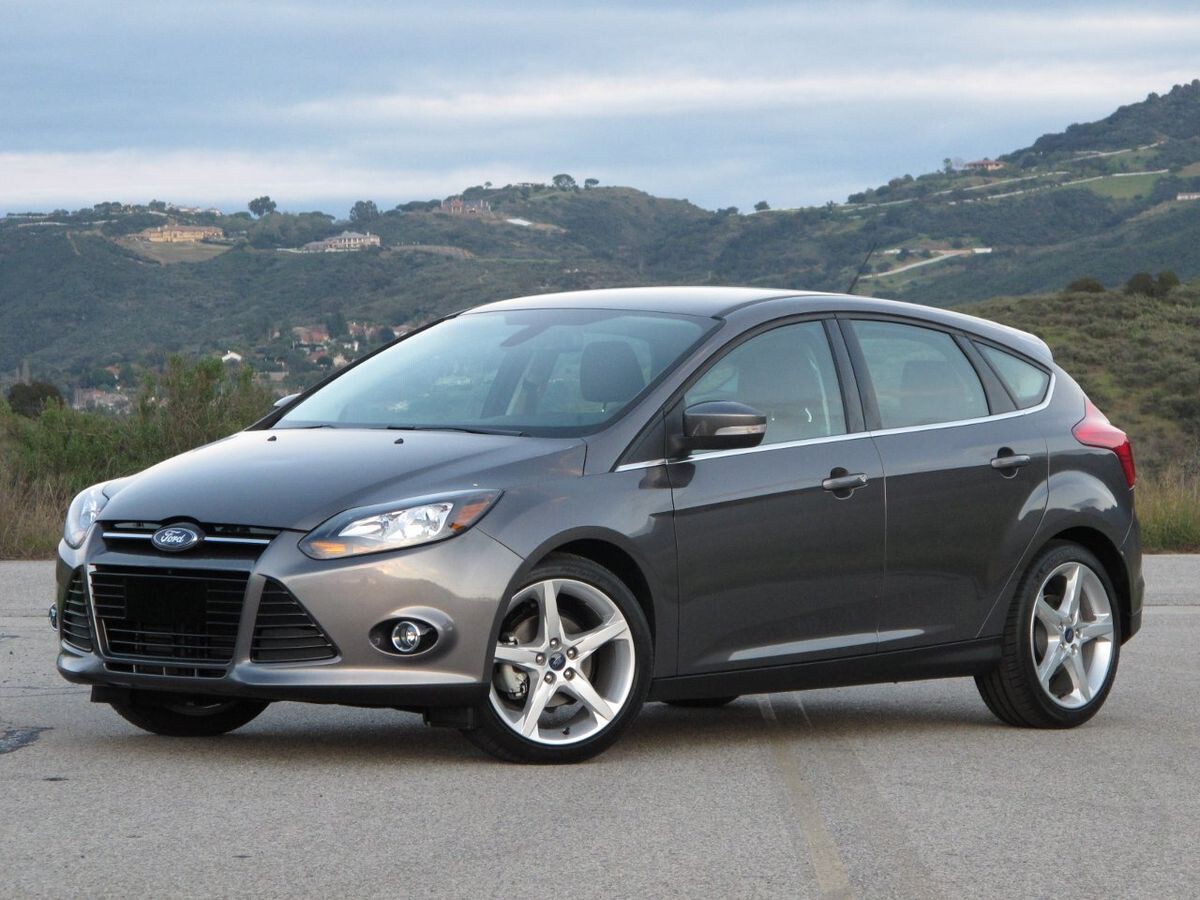
10. Ford Focus (2000–2007)
The first and second-generation Ford Focus models (especially from 2000 to 2007) were instrumental in redefining Ford’s compact car lineup, offering sporty handling and good value. However, one issue that dogged these vehicles was unreliable power window operation. Many owners reported windows getting stuck halfway, refusing to close all the way, or slipping into the door, often without any prior warning. These problems, while seemingly minor, caused outsized frustration in day-to-day driving.
At the heart of the issue was the use of inexpensive window regulators that were not built to endure repeated daily use. The internal cable system frequently slipped or became misaligned, and the motors didn’t have enough power to overcome resistance caused by gummed-up tracks or failing guides. Over time, this wear and tear resulted in windows that shuddered, moved unevenly, or stopped altogether. Rear windows were especially prone to failure, likely due to less frequent use and lubrication.
Weather exposure further complicated the problem. In colder climates, window seals stiffened, adding resistance that the already-weak motors struggled to overcome. In hotter areas, plastic components warped or became brittle. In both cases, the windows often got stuck halfway, just low enough to let rain in, but too high to manually push or pull. Because the system lacked redundancy or manual override options, drivers were often left with no choice but to seek immediate repairs.
DIY fixes were possible, but rarely permanent. Many Focus owners turned to junkyard parts or online tutorials, replacing regulators or motors with used components that often carried the same weaknesses. Ford dealerships offered replacements, but they weren’t significantly improved over the originals, leading to repeated failures in some vehicles. The issue wasn’t limited to high-mileage models either—it sometimes appeared within the first few years of ownership.
In the grand scheme of automotive problems, power window failure isn’t the worst. But for Focus owners, it was a frequent and highly visible annoyance that undermined the car’s reputation for practicality. When a basic function like closing your window becomes a gamble, the overall sense of reliability erodes, even if the engine and suspension are otherwise solid. The Focus, for all its strengths, failed to deliver on a key aspect of daily usability, and for many, that was a deal-breaker.
ALSO READ: 5 Cars With Enough Trunk Space for Costco Runs and 5 That Barely Fit Groceries
In the grand tapestry of automotive design, power windows might seem like a minor thread—easy to overlook in favor of engines, transmissions, or styling. Yet, as we’ve seen through the contrasting examples of five cars with remarkably smooth window systems and five that frequently get stuck halfway, the quality of this feature can dramatically influence everyday driving experiences and overall vehicle satisfaction.
The humble power window embodies a fascinating intersection of mechanical engineering, user interface design, and material science, demonstrating how even small components require careful attention to detail and rigorous testing.
For the vehicles that get power windows right, such as the Lexus ES, Honda Accord, Toyota Camry, Mazda CX-5, and Hyundai Palisade, the common thread is a commitment to quality, reliability, and user comfort. These automakers invest in durable regulator assemblies, efficient and well-calibrated motors, robust weatherproofing, and thoughtful user interfaces that prioritize smooth, silent operation.
The result is a seamless, effortless interaction that drivers may take for granted until they experience its absence elsewhere. These vehicles serve as benchmarks not only because of their window performance but because that performance reflects a broader philosophy of engineering excellence and customer focus.
On the other hand, the stories of the Jeep Liberty, Chevrolet Malibu (2008–2012), BMW E90 3 Series, Dodge Nitro, and early Ford Focus models highlight how relatively small design or manufacturing missteps can cascade into persistent, widespread frustrations.
In these cars, the use of cheap plastic parts, underpowered motors, or regulator assemblies prone to wear compromises a function as simple as raising or lowering a window. When a window jams halfway, it’s not just an inconvenience; it’s a tangible reminder of overlooked quality control that impacts trust and satisfaction.
Owners of these vehicles often endure repeated repairs, expenses, and the everyday irritation of an unreliable feature, eroding their overall ownership experience.
This comparison reinforces a crucial lesson for car buyers and manufacturers alike: durability and user experience extend beyond headline features. Power windows, while taken for granted, are a vital aspect of how drivers and passengers interact with their vehicles every day.
Their performance can influence everything from cabin comfort and security to convenience and peace of mind. For buyers, understanding which models have reliable window mechanisms can help avoid costly repairs and frustrations down the line. For automakers, it underscores the importance of not cutting corners—even in seemingly minor subsystems—if the goal is to build cars that truly satisfy customers in the long term.
Furthermore, these window issues often mirror larger patterns in vehicle build quality and engineering priorities. Brands known for smooth, trouble-free windows often excel in other areas of refinement and durability, reinforcing their reputations for quality.
Conversely, cars with frequent window failures tend to have other quirks or compromises that cumulatively degrade the ownership experience. Recognizing these patterns can empower consumers to make smarter, more informed choices, balancing performance, comfort, and reliability in their next vehicle purchase.
In conclusion, while power windows might not make headlines, their reliability is a quietly crucial aspect of automotive design that deserves attention. The smooth, effortless glide of a well-engineered window reflects thoughtful craftsmanship and user-centered design, transforming a simple action into a moment of everyday luxury.
Meanwhile, a stuck window serves as a frustrating reminder that small oversights can have outsized effects. Whether you prioritize comfort, convenience, or long-term value, paying attention to something as seemingly minor as window operation can ultimately enrich your driving experience and help you avoid avoidable headaches on the road.

